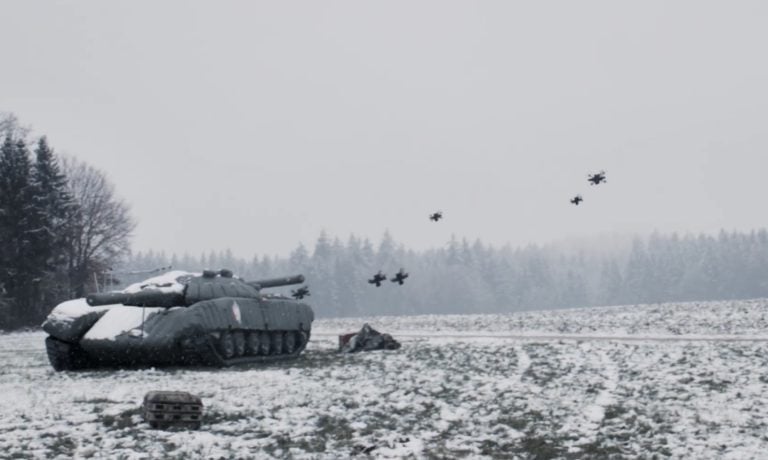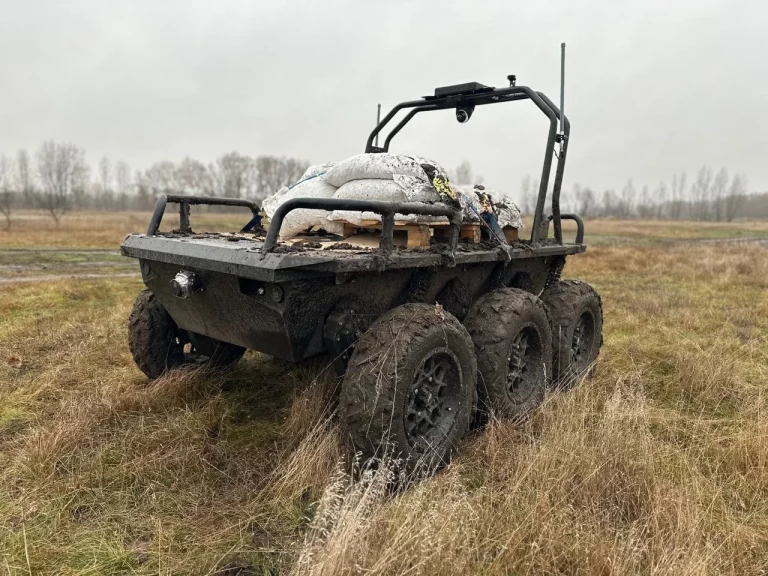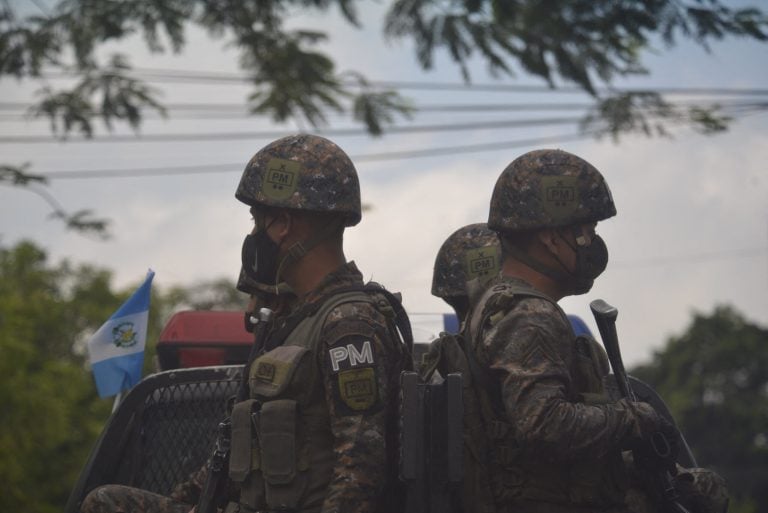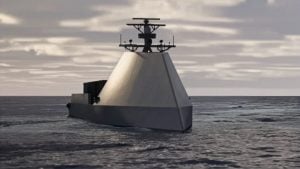A pair of UK Royal Air Force (RAF) Typhoons stationed at Malbork Air Base in northern Poland have demonstrated rapid response capabilities by intercepting multiple Russian aircraft in the Baltic Sea region three times over the course of two days. This operation highlights the ongoing tensions between NATO and Russia, particularly in light of NATO’s enhanced air policing efforts.
The RAF confirmed that the Typhoons were initially scrambled to identify an Ilyushin Il-20M surveillance and reconnaissance aircraft, alongside two Sukhoi Su-30MKI fighters that had taken off from Kaliningrad. These incidents occurred on separate occasions but formed part of a broader mission to monitor and respond to Russian military operations in the area. A third interception was conducted for another Il-20M, which was flying over NATO airspace.
The Typhoons are part of the RAF’s 140 Expeditionary Air Wing (EAW) Number II Squadron, which has been activated to conduct Quick Reaction Alerts as part of NATO’s enhanced Air Policing protocol. A spokesperson from the EAW stated, “Once intercepted, we shadowed the aircraft to protect civilian air traffic in the immediate area,” underscoring the dual role of defense and safety in these operations.
This policing mission is a collaborative effort with Sweden, reflecting NATO’s commitment to maintaining security in the Baltic Sea region, which is bordered by several member states, including Estonia, Germany, and Lithuania. NATO’s ongoing vigilance in the area is evident, as demonstrated by prior incidents involving Russian aircraft. For instance, in December, Royal Netherlands Air Force F-35 jets were dispatched to escort three Russian military planes that failed to identify themselves. Additionally, Poland intercepted an Il-20 aircraft last May shortly after it had been escorted out by F-16s.
To further strengthen defenses in the region, NATO announced the launch of a new initiative dubbed Baltic Sentry earlier this year. This undertaking aims to enhance the alliance’s military presence in the Baltic Sea and will include the deployment of frigates, maritime patrol aircraft, and naval drones, all designed to secure the alliance’s critical infrastructure and deter potential threats.
The series of interceptions and the establishment of Baltic Sentry are part of NATO’s broader strategy to address security concerns stemming from Russian military activities, signaling the alliance’s proactive stance in safeguarding its member states and maintaining stability in Eastern Europe.


















